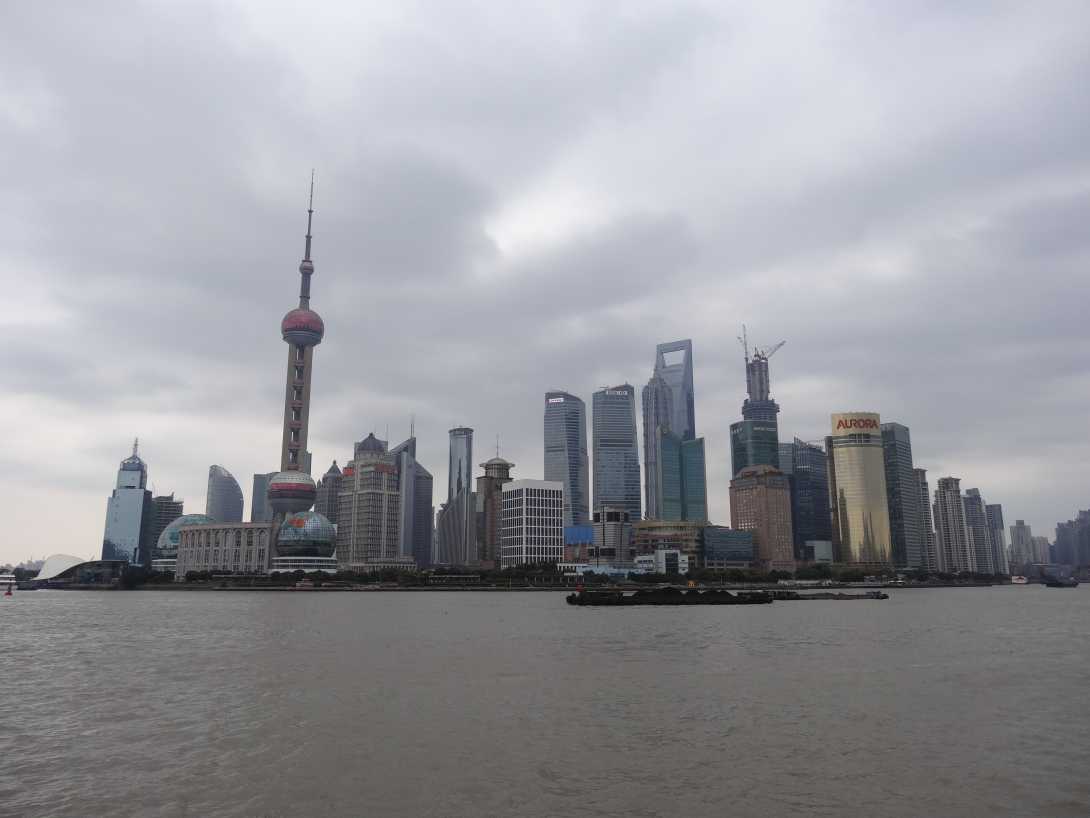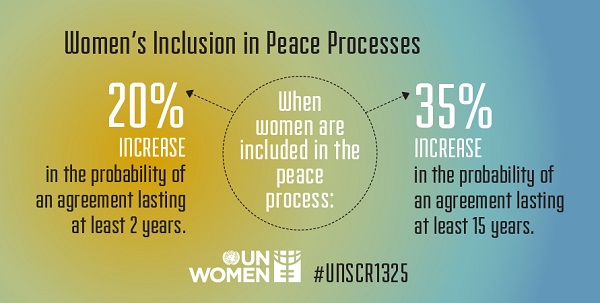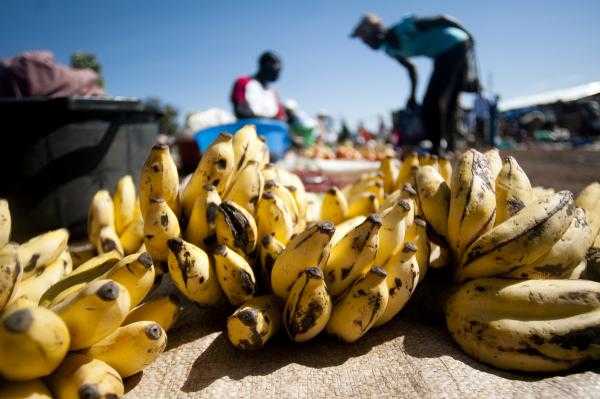
Be a part of the largest business-focused event taking place during the annual Conference of Parties (COP22) - the Sustainable Innovation Forum 2016 - taking place on 14-15 November at the Four Seasons Marrakech, Morocco.
Building on year-round work from Climate Action and the UN Environment Programme, the 2 day Forum will convene cross-sector participants from business, Government, finance, UN, NGO and civil society to create an unparalleled opportunity to bolster sustainable innovation and bring scale to the emerging green economy.










